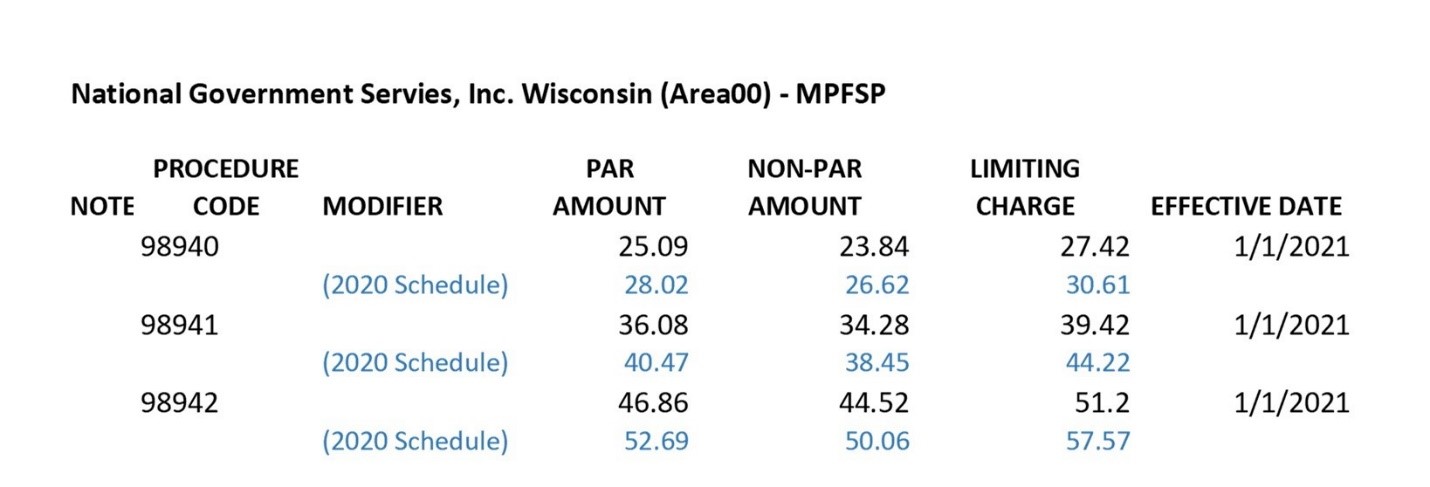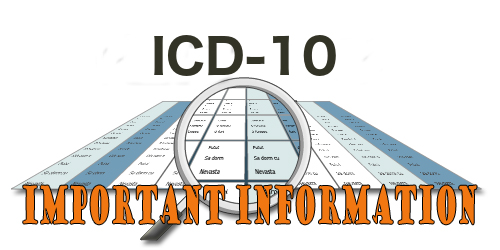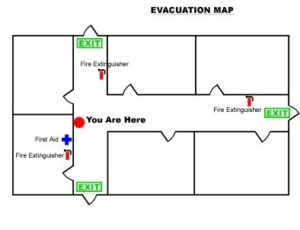BJ Palmer had a quote: “Chiropractic is health insurance. Premiums small. Dividends large!”
Following this super quote, we have worked with offices for many years schooling them into implementing these mottos:
- We will accept all patients, regardless of their ability to pay, but we also must operate the clinic as a proprietary business, i.e., for profit, and the patient must want the care–not just “want a discount.”
- Each case will be individually handled and patients will receive a copy of their financial arrangements.
- Each patient file will have a copy of the patient’s individual financial arrangements.
How does the successful office achieve these goals?
First, to comply with Centers for Medicare and Medicaid’s No Surprises Act as a covered entity, each patient will have an idea what our range of charges are and that the charges will vary depending on what is done. Explain that the adjustment charges will vary from $XX to $XX, therapies will add $XX to $XX, and exams, diagnostic tests, etc. will add to that. Typically the average office visit will be from $30.00 to $140.00 per visit. This can be shared when the new patient calls in for their first appointment, or placed on your website.
Second, determine if you will be filing claims to insurance, and if patient has a copay or deductible. If there is a financial barrier with co-pays or deductibles, work with the patient during your meeting with them so that the patient does not drop out of care for financial reasons. To stay in compliance, note any waived fees or co-payments on your financial form, indicating why they were waived (no job, too many bills). Alert payment arrangements in your practice software so that the front desk and anyone doing follow-up knows exactly what the patient has agreed to pay each visit.
The patient should already have a good idea after Day 1 from the Report of Findings and the schedule you just worked out with them how many times they will be coming in. Ask the patient if they will have any problem with this and watch the patient to make sure that they will be comfortable with the fees you are presenting (previously calculated prior to meeting with patient).
(These next sections are specific to Wisconsin offices and offer examples. However, if you find this information interesting and you want more information and are outside WI, contact us for further information.)
If you are not filing to insurance, patients are considered self-pay. Let the patient know that they must pay at the time of service for any discount given. To be successful, you cannot reduce your fee while running up patient balances.
Any discount or special fee must be noted on the financial agreements and in the computer. The financial agreement must indicate why there are special discounts given. This can be simply noted in the space provided, such as “patient discount to $30 per visit-financial hardship” or “patient has just started new job-discount given to $30 per visit”. The CA or doctor, and patient, must sign the form.
For self-pay patients who can afford care, are on a routine schedule and show up, in order to give a discount they should be required to prepay, for a package of XX visits, typically with up to a 35% discount.
With the above policies in place, you can help many more people increase their health dividends, removing any financial barriers. Implementing these steps are key to expanding and growing your practice!
If you have any questions regarding financial arrangements and/or insurance please feel free to reach out to me.
Lisa Barnett
920-334-4561
lisa@pmaworks.com


 With the increase in notes requested from third party payers, more recently Medicare secondary plans, it is good time to review the process once you receive a request.
With the increase in notes requested from third party payers, more recently Medicare secondary plans, it is good time to review the process once you receive a request.

 Dear Chiropractors and Staff:
Dear Chiropractors and Staff:

